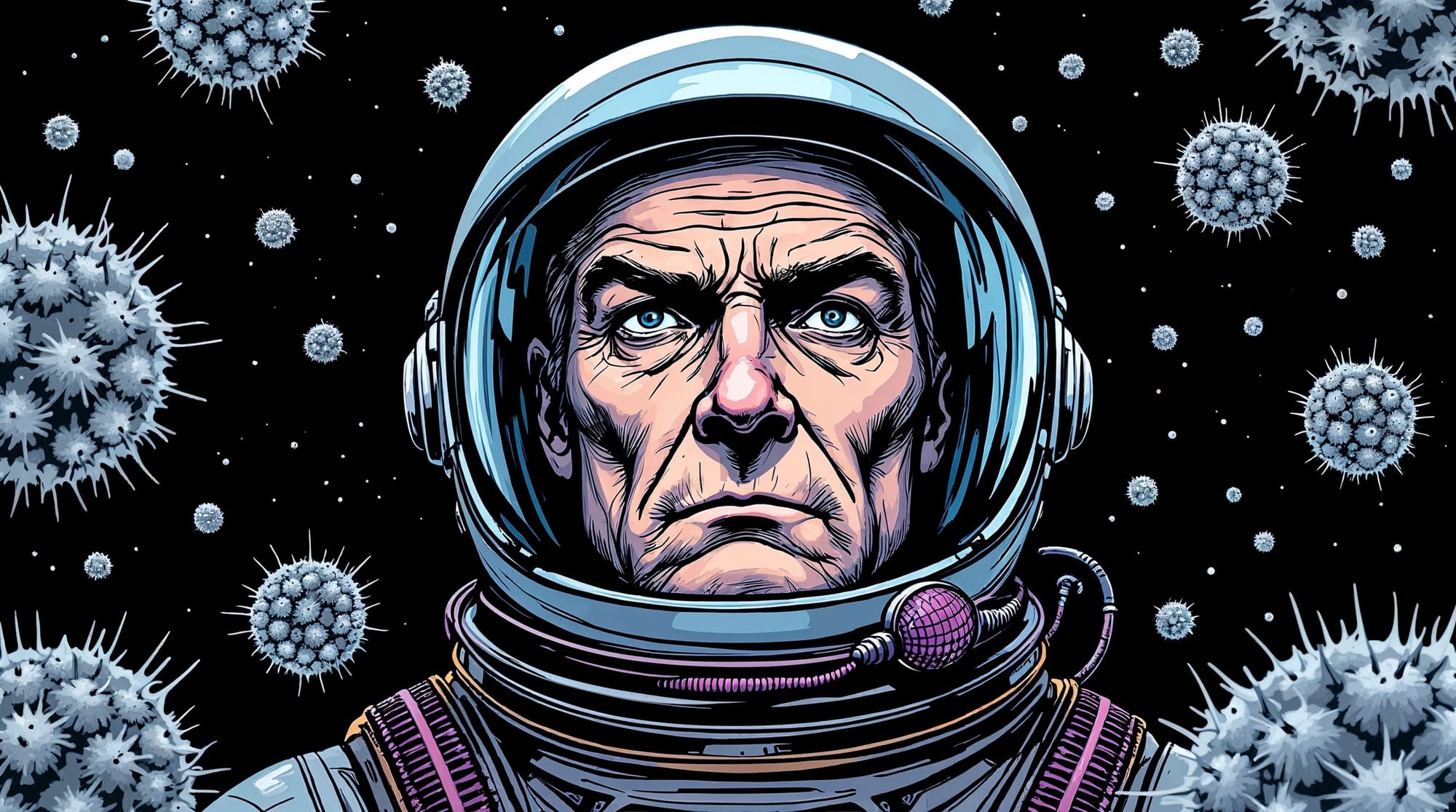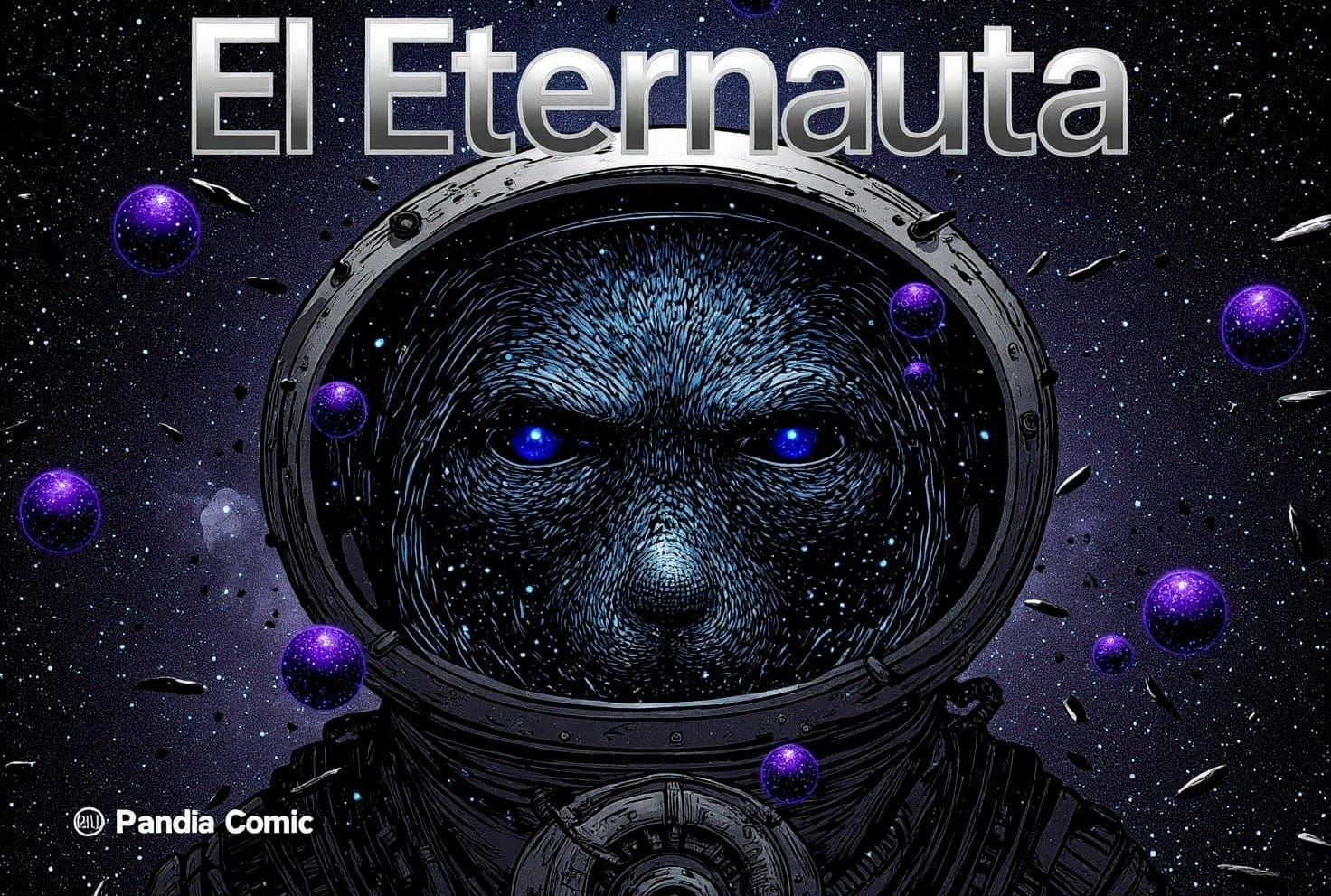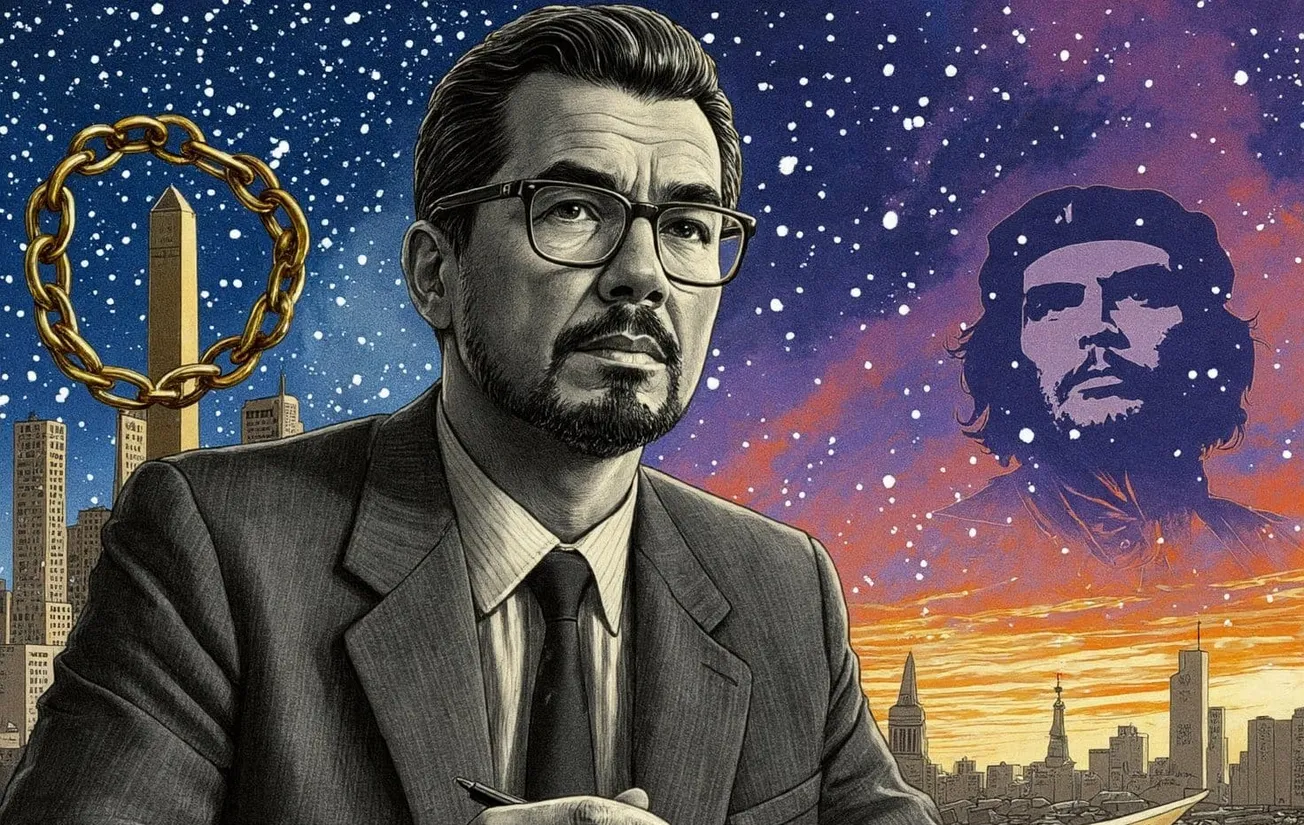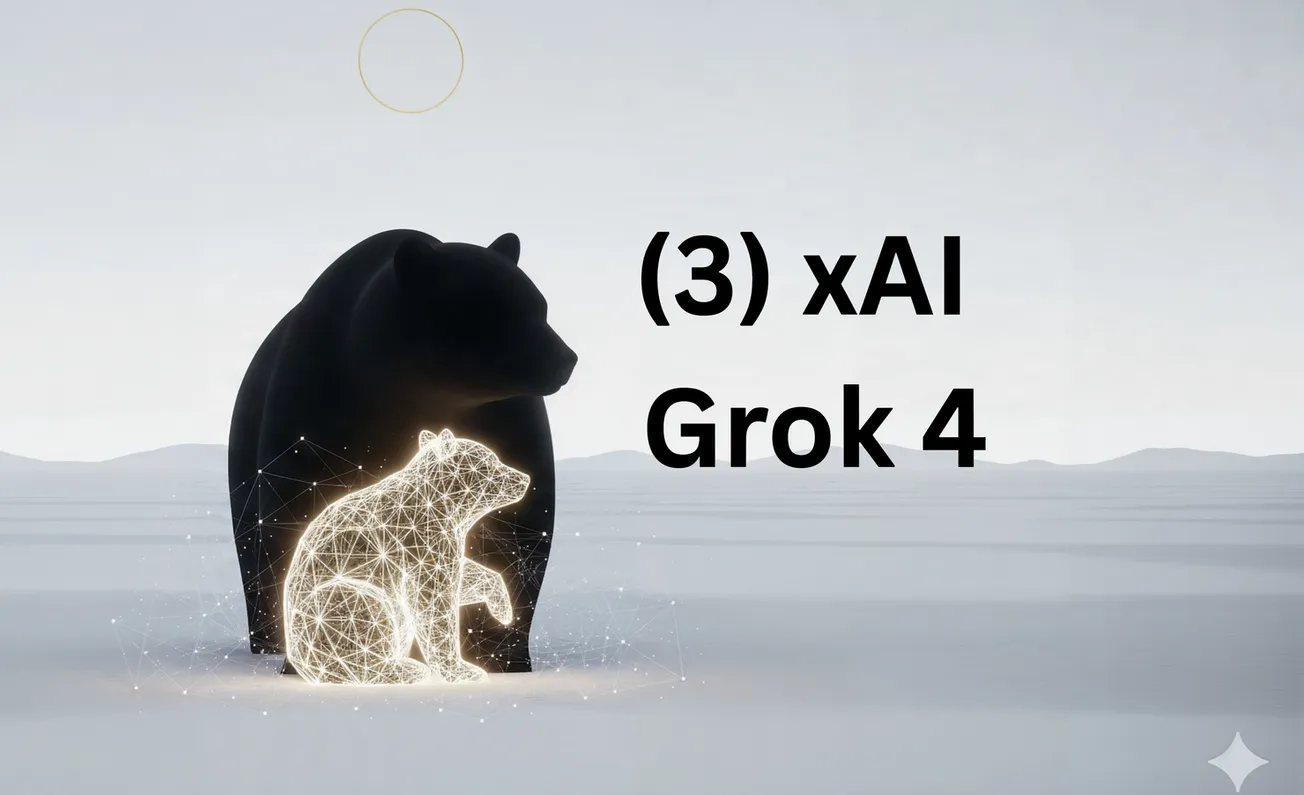Table of Contents
Héctor Germán Oesterheld, often referred to as HGO, was a pivotal figure in Argentine comics and graphic novels, renowned for his creative storytelling and deep political engagement. Born on July 23, 1919, in Buenos Aires, Argentina, Oesterheld initially pursued a career in geology before transitioning to writing. He became one of Latin America's most influential comic writers, blending science fiction with sharp social and political commentary. His most famous work, The Eternaut (1957-1959), co-created with artist Francisco Solano López, is a cornerstone of Latin American graphic literature, often compared to works like Maus or Watchmen in its cultural impact.

Early Life and Career
Oesterheld grew up in a middle-class family and developed an early interest in literature and science. After studying geology at the University of Buenos Aires, he worked briefly in that field but found his true calling in writing. By the 1940s, he began contributing to Argentine publishing houses, initially writing children’s stories and science articles. His entry into comics came in the 1950s when he started working for Editorial Abril, where he wrote scripts for various genres, including westerns, war stories, and science fiction.
During this period, Oesterheld co-created iconic series like Sgt. Kirk (1952) with artist Hugo Pratt, a western that subtly critiqued imperialism, and Bull Rocket (1952), a space opera. His early work often carried a subtle undercurrent of social critique, reflecting his growing awareness of Argentina’s political instability, marked by military coups and economic inequality. The 1955 coup that ousted President Juan Perón, known as the Revolución Libertadora, set the stage for decades of political turmoil in Argentina, which deeply influenced Oesterheld’s worldview.
The Eternaut and Political Themes
Oesterheld’s most celebrated work, The Eternaut, was serialized between 1957 and 1959 in the magazine Hora Cero. The story follows Juan Salvo, an everyman who becomes a resistance leader after a deadly alien snowfall devastates Buenos Aires. The narrative is a gripping science fiction allegory, with the alien invasion symbolizing foreign imperialism and oppression. The name "Juan Salvo" itself—"Juan" as a common name and "Salvo" meaning "saved" or "salvation"—underscores the story’s focus on collective resistance and solidarity, themes that would define much of Oesterheld’s later work.
Unlike the individualism often seen in Western science fiction, The Eternaut emphasizes collaboration, reflecting Oesterheld’s belief in community as a bulwark against tyranny. The comic was groundbreaking for its time, not only for its narrative depth but also for its setting in a recognizable Buenos Aires, making the story resonate deeply with Argentine readers. It became a cultural touchstone, later inspiring graffiti and protest art during Argentina’s dictatorship years.

Political Evolution and Activism
Oesterheld’s political ideas evolved significantly over the years, shaped by Argentina’s turbulent political landscape and global events. In the 1950s and early 1960s, his critiques of capitalism, colonialism, and imperialism were subtle, woven into the subtext of his stories. However, the 1967 execution of Che Guevara in Bolivia marked a turning point for Oesterheld, radicalizing his perspective. In 1968, he wrote a biographical comic about Che Guevara, a bold move that led to the work being banned and destroyed by the military government known as the "Argentine Revolution" (1966–1973). The comic was later republished in 2008, revealing Oesterheld’s unapologetic admiration for Che’s revolutionary ideals.
By the 1970s, Oesterheld’s work became more overtly political. In 1970, he penned a critical biography of Eva Perón, dedicating it to Che Guevara, and in 1973, he published 450 Years of War Against Imperialism, a scathing historical critique of global imperialism. His writings increasingly reflected Marxist and anti-imperialist ideologies, aligning with the leftist movements gaining traction in Latin America at the time.
Oesterheld’s activism extended beyond his writing. In the mid-1970s, as Argentina descended into the brutal military dictatorship of the National Reorganization Process (1976–1983), he and his four daughters joined the Montoneros, a leftist Peronist guerrilla group that opposed the junta. The Montoneros sought to resist the dictatorship’s violent repression, which included censorship, mass arrests, and forced disappearances. Oesterheld’s decision to join the group was likely influenced by his daughters’ involvement and his own growing frustration with the regime’s atrocities.
Disappearance and Legacy
Oesterheld’s political activities made him a target of the dictatorship. In 1977, he was kidnapped by state forces, becoming one "disappeared" victims of the regime. His four daughters—Diana, Beatriz, Estela, and Marina—were also abducted, and all are presumed to have been killed. Oesterheld’s disappearance remains a grim symbol of the dictatorship’s war on dissent. Argentine journalist Jacobo Timerman, in his 1981 memoir Prisoner Without a Name, Cell Without a Number, recounted seeing Oesterheld in a prison in 1977, frail but defiant. An Italian journalist, Alberto Ongaro, later reported that a military official admitted to Oesterheld’s killing, stating, “We did away with him because he wrote the most beautiful story of Che Guevara ever done.”
Despite his tragic end, Oesterheld’s legacy endures. The Eternaut has been translated into multiple languages, with an English edition released by Fantagraphics in 2015, cementing its status as a global classic. The story’s themes of resistance and solidarity resonate in various contexts, from Argentina’s fight against dictatorship to broader struggles against oppression. Oesterheld’s influence extends to modern creators, including filmmakers and comic artists, and his work has been adapted into various formats, including the 2025 Netflix series.
Core Ideas and Influence
Oesterheld’s work was deeply rooted in his belief in collective action and resistance against injustice. He rejected the individualism often celebrated in Western narratives, instead championing solidarity as a means of survival and liberation. His stories frequently critiqued imperialism, capitalism, and authoritarianism, reflecting his Marxist leanings and his commitment to social justice. Oesterheld also had a profound respect for history, often weaving historical events and figures—like Che Guevara and Eva Perón—into his narratives to highlight the continuity of struggle against oppression.
His influence on Argentine and Latin American culture is immense. The Eternaut became a symbol of resistance during the dictatorship, with Juan Salvo’s image appearing in protest art. Oesterheld’s willingness to confront power through his art, even at great personal cost, has made him a martyr for free expression and political activism in the region. His work continues to inspire discussions about the role of art in political resistance, as seen in the polarized reactions to the Netflix adaptation of The Eternaut in 2025.
In summary
Héctor Oesterheld was a visionary writer whose life and work were inseparable from his political convictions. His stories, particularly The Eternaut, remain powerful allegories for resistance, reflecting his unwavering commitment to justice, solidarity, and the fight against oppression. His tragic disappearance underscores the risks he took to uphold those ideals, cementing his place as a cultural and political icon in Argentina and beyond.






